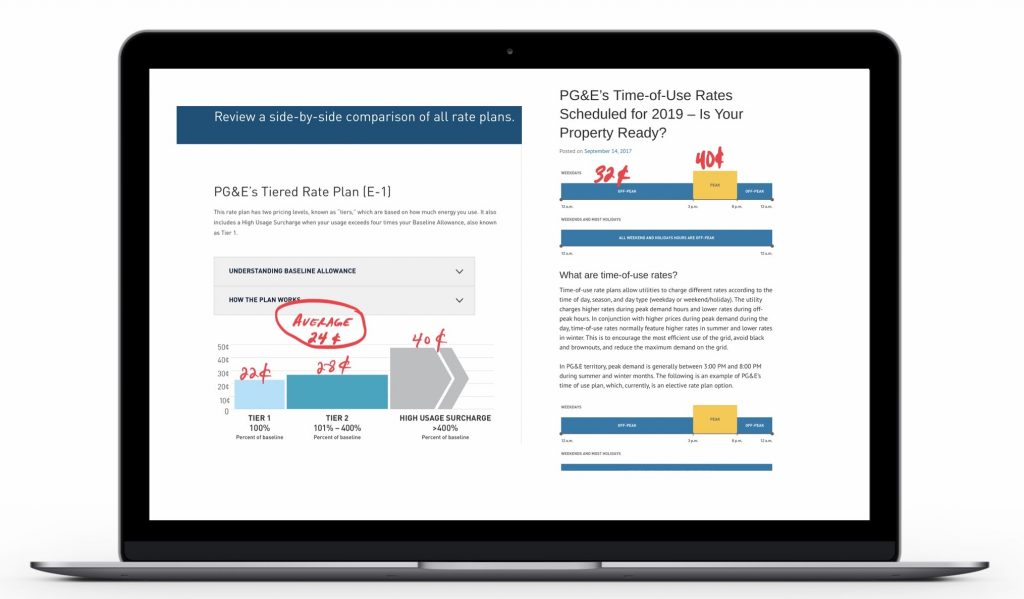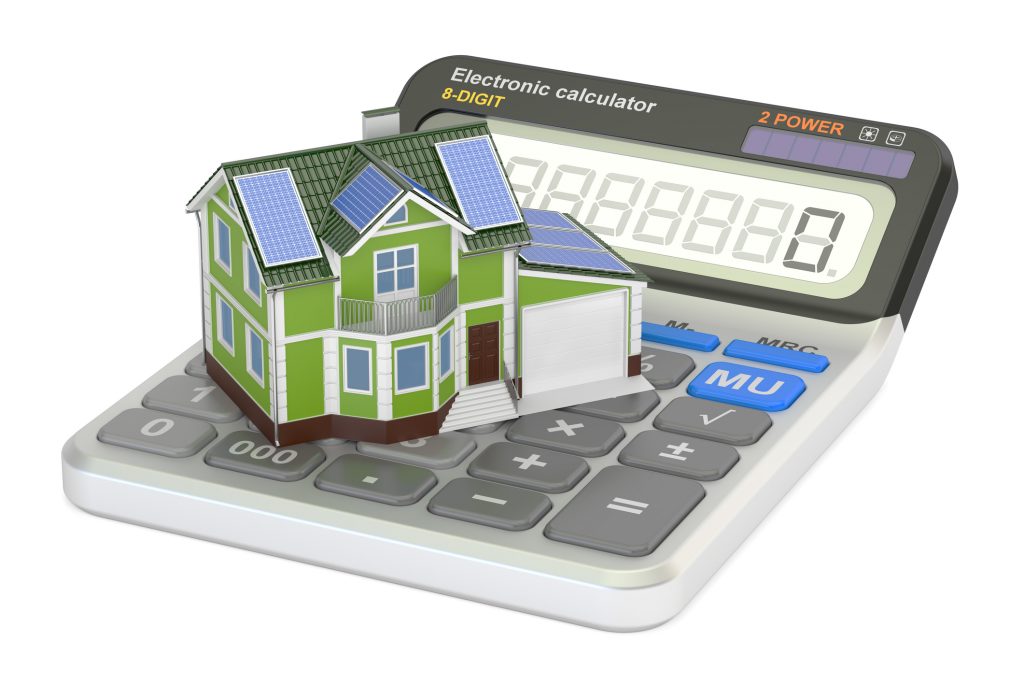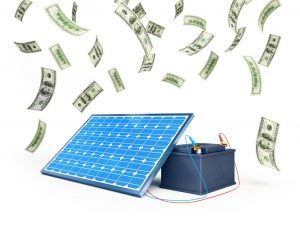For decades, PGE has utilized a tier pricing system. In short, you get an allowance of relatively inexpensive electricity (23 cents per kwh in 2019). Once that allowance has been met, the next tier is a bit more expensive (29 cents per kwh in 2019). The kicker is tier 3. For moderate to high users, the final tier is a bit pricey (40 cents per kwh in 2019).
The marketing team at PGE must have sensed a revolt coming as these prices have climbed dramatically in the last few years. Putting the brightest marketing minds to work, PGE came up with a solution … change the pricing model and confuse the consumer.
2020 brings a dramatic and strategic shift to how PGE charges us for electricity. The tier system determined your bill based upon the AMOUNT of power you used ….the new system, called Time of Use Pricing, charges you based upon when you use power.
Let’s take a closer look-
For the four summer months, the pricing looks something like this: from either 3pm to 8pm or 4pm to 9pm (depending on where you live)…we will all pay 40 cents per kwh. For the rest of the 24 hour cycle, we will all be paying 32 cents per kwh.
So….the cheapest power just went from 23 cents to 32 cents. The cost during “peak” hours is 40 cents (equal to the highest tier in the tier pricing system).

Image Credit: https://www.pge.com/en_US/residential/rate-plans/rate-plan-options/tiered-base-plan/tiered-base-plan.page
Sadly, this new pricing schedule penalizes lower-end users the most. For conservative-minded homeowners, it was not unusual for pricing to stay in Tier 1 and 2 (23 cents and 29 cents) in the old system. Now, every day when the need for power is the highest (mid-afternoon to early evening), we all pay 40 cents.
Aurora Energy encourages everyone, especially those with historically low bills, to consider solar. With no out-of-pocket cost to the homeowner, we can often lock in prices between 12 cents per kWh and 18 cents per kWh, well below the new “off-peak” price of 32 cents per kWh and “peak” price of 40 cents per kWh.




